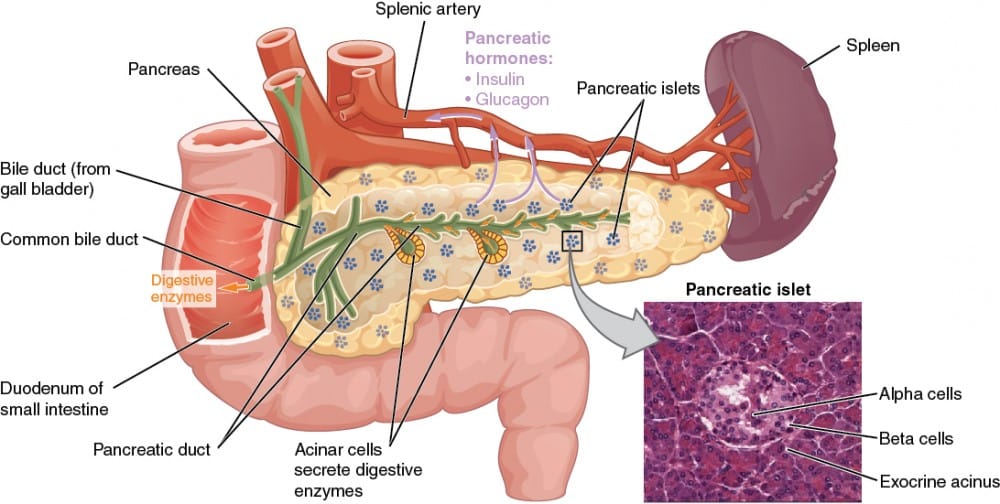- The Step 1 Newsletter
- Posts
- Which of the following is the most likely cause of this patient’s symptoms?
Which of the following is the most likely cause of this patient’s symptoms?
A 55-year-old man presents to the emergency department with confusion, sweating, and palpitations. He was diagnosed with type 2 diabetes mellitus 5 years ago and is on a regimen of metformin and glimepiride. His wife mentioned he skipped dinner after taking his usual medications. On examination, he appears diaphoretic and lethargic.
Lab findings include:
Blood glucose: 40 mg/dL
Plasma insulin level: High
C-peptide level: High
Which of the following is the most likely cause of this patient’s symptoms?
A) Insulinoma
B) Exogenous insulin administration
C) Sulfonylurea-induced hypoglycemia
D) Reactive hypoglycemia
E) Addison's disease
Correct Answer: C) Sulfonylurea-induced hypoglycemia

55-year-old man with confusion, sweating, palpitations, and history of type 2 diabetes mellitus.
⬇️
Medication:
On Metformin and Glimepiride.
⬇️
Skipped Dinner:
Did not consume carbohydrates after taking medications.
⬇️
Glimepiride Action:
Stimulates insulin secretion from the pancreas.
⬇️
Insulin Levels:
Insulin ↑ (excess production due to glimepiride).
⬇️
Blood Glucose Availability:
Glucose availability ↓ (due to missed meal).
⬇️
Resulting Blood Glucose Level:
Blood glucose: 40 mg/dL (hypoglycemia).
⬇️
Plasma Insulin Level:
Plasma insulin: High (indicates endogenous production).
⬇️
C-Peptide Level:
C-peptide: High (further confirms endogenous insulin secretion)
Inadequate Glucose Availability:
Brain and peripheral tissues receive insufficient glucose.
⬇️
Neuronal Dysfunction:
Brain relies primarily on glucose for energy.
🧠 Key Insight: Neurons are very sensitive to low glucose.
⬇️
Initial Symptoms:
Cognitive Dysfunction: Confusion, difficulty concentrating, irritability.
🧠 Insight: Resulting from inadequate energy for neuronal activity.
⬇️
Activation of Autonomic Nervous System:
Low blood glucose triggers compensatory mechanisms.
⬇️
Release of Catecholamines:
Epinephrine and norepinephrine are secreted.
🧠 Key Insight: Body's attempt to restore blood glucose.
⬇️
Catecholamines Effects:
Increased Heart Rate: Palpitations occur due to adrenergic stimulation.
Tremors: Increased muscle activity results from adrenaline.
Sweating: Activation of sweat glands due to stress response.
⬇️
Neuroglycopenic Symptoms:
As glucose levels drop further, the brain suffers:
Severe Cognitive Effects: Confusion, disorientation, seizures, potential loss of consciousness.
🧠 Key Insight: Direct consequence of glucose deprivation in the brain.
Explanation of Options
A) Insulinoma:
Endogenous hyperinsulinemia due to tumor → No tumor found, unlikely.
B) Exogenous Insulin Administration:
High insulin from an external source → Patient is not on insulin therapy, unlikely.
C) Sulfonylurea-induced Hypoglycemia:
Excess insulin from glimepiride with missed meal → Correct answer, leading to hypoglycemia.
D) Reactive Hypoglycemia:
Hypoglycemia occurs after meals due to rapid insulin release → No history of postprandial symptoms, unlikely.
E) Addison's Disease:
Adrenal insufficiency leading to low cortisol → Symptoms do not align with adrenal crisis, unlikely.
Embrace the struggle, for in the depths of challenge lies the strength of a great physician!
Flashcards
|
Stay Hungry, Stay Curious!
Your Brother In This Struggle
Dr. Shoaib Ahmad

